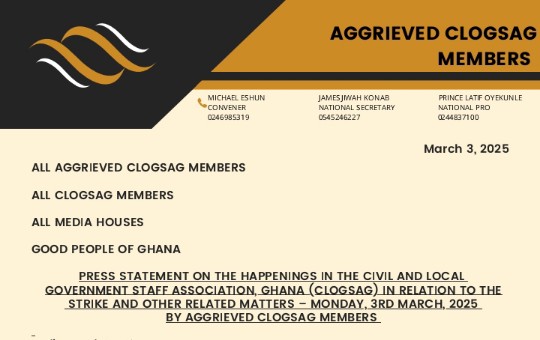Ghanaian-born aerospace engineer Ave Kludze leads Mars assessment for NASA


The National Aeronautics and Space Administration (NASA) has released a study report which was put together by Mars Assessment Study(MTAS) team members to establish the feasibility of transportation systems for a 2-year human Mars mission in the 2030s with acceptable risk and minimal development, and also to provide the agency with the necessary knowledge and insights to inform future architectures, the concept of operations, campaigns, and development of the required capabilities.
MTAS provides a detailed technical analysis of these two propulsion technologies using a common ground rule developed based on the anticipated human Mars mission architecture at that time.
This allowed each propulsion technology to take an optimal approach for the defined mission with technology choices made to balance required performance with development risk.
As a result, the mission performance comparisons can be taken as relevant to any Mars transportation mission where each technology is similarly constrained.
However, MTAS Team Report, which was led by Dr. Ave Kludze, found that the high ∆V required for fast Mars missions with short stay times drives the need for nuclear propulsion technology and highlights the performance differences between promising alternatives.
In summation, both Nuclear Thermal Propulsion (NTP) and Nuclear Electric Propulsion (NEP) and NEP/ Chemical Combustion Propulsion (CCP) system concepts have the potential to fulfil the mission requirements for fast Mars transits in the late 2030s and meet the Agency’s objectives, including enabling 2-year roundtrip mission durations




